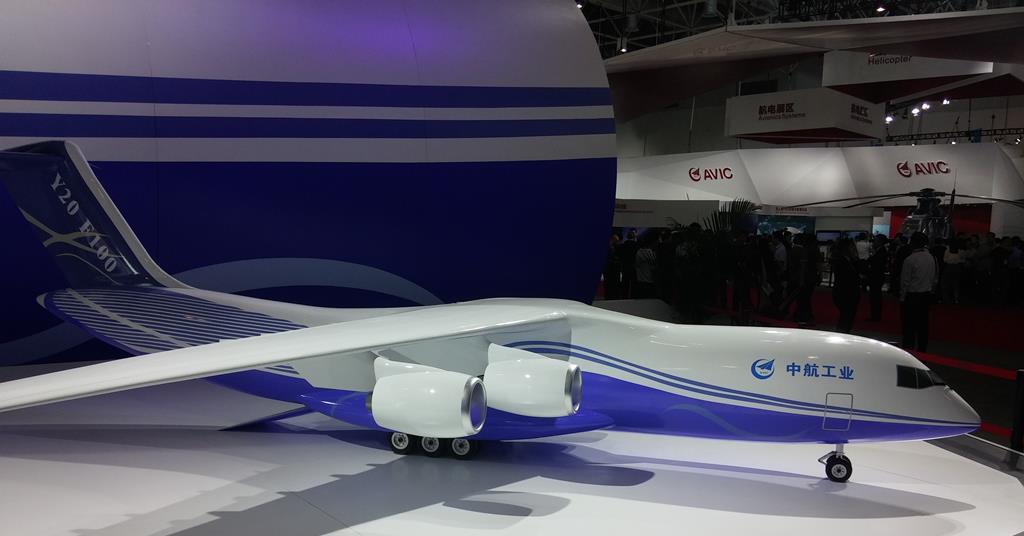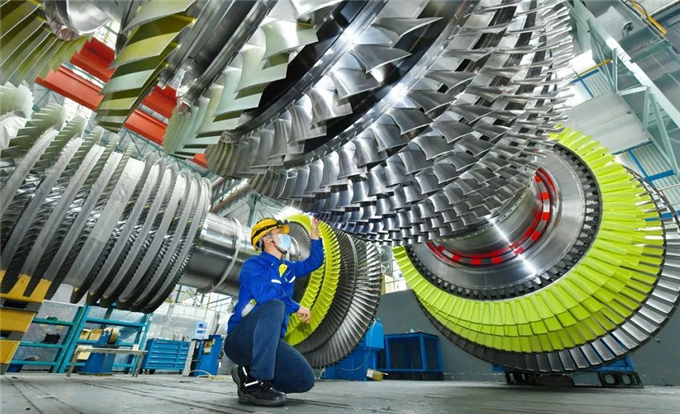In case this hasn't been shared:
View attachment 102332
Got this from @ARJ21走向商业成功之路 on Weibo. Not sure where he/she got the initial photograph, though.
Rough translation:
Notice the last sentence in the quoted statement. That means the primary users of WS-20 would not be Y-20 only. Does anyone has any further information on this?
Although, it won't hurt to make some guessings.
Firstly, I ain't sure of how a large passenger aircraft powered by WS-20 would be like. Besides, aren't there CJ-1000A and CJ-2000 that would eventually power future Chinese civilian airliners?
Therefore, I don't really understand the need for WS-20 on civilian platforms, unless the sudden export ban imposed on the LEAP-1C engines for the C919 necessitate introducing WS-20 to the civilian airliner as a stopgap measure.
Next, for the new twin-engine medium-sized transport aircraft, I think it would be similar in dimension, load and role as either the Embraer C-390 (top), or the larger Kawasaki C-2 (bottom):
View attachment 102349
View attachment 102350
I believe such twin-engined transport plane can be marketted for export and become a direct competitor to the Japanese C-2 and the Brazilian C-390, and suitable for countries that are either unable to afford the larger four-engined transport planes like the American C-17 and the Chinese Y-20, or has no need for transport planes of such sizes.
WRT this, some suggested underneath the Weibo post that the Y-30 transport plane (pictured below) that was originally meant as a successor to the Y-9s could be based upon for the design of this twin-engined transport plane by swapping the original four turboprop engines with two WS-20 turbofan engines (plus necessary design modifications).
View attachment 102352
Thirdly, regarding the second-generation long-range anti-submarine patrol aircraft. I believe a similar comparison would either be the Boeing P-8 Poseidon (top) or the Kawasaki P-1 (bottom).
View attachment 102354
View attachment 102355
Such plane could be fitted as newer AWACS and ELINT platforms as well.
So what do you guys think of this?
WS-20 specification chart is real. already posted many times on this thread.
maximum take off thrust - 36,000 lbs
front fan diameter - 2.1 meters
bypass ratio - 6.0
initial plans for WS-20 were different. Shenyang wanted to produce 40,000 plus thrust high bypass engine but being the first high bypass engine of the country they played safe. after the first prototype engine was offered to COMAC but they rejected as fuel consumption is the biggest parameter of civil airliner.
this statement
it can also be used as the main engines of large passenger aircraft, new twin-engine medium-sized transport aircraft, and second-generation long-range anti-submarine patrol aircraft
don't take this 'passenger aircraft' words serious. this is just a statement.
now back to your original question
this year, AVIC present civil version of Y-20 called Y-20F-100. also they showcase the civil version of WS-20 engine AEF-1300. now you have to understand what they meant.
this is Y-20F100 cargo aircraft for civilian purpose and most probably will be powered by new AEF-1300 engines.

WS-20 25 tons thrust variant is under development. maybe for China's next generation super heavy airlifter in the range of C-5 Galaxy and AN-124. recently strong rumors emerge, AVIC working on related technologies. lets see
Yuan-30 is the replacement of Y-9 medium transport aircraft but this project is temporarily stalled as far as i know. coz PLAAF is happy with Y-20 so they don't want to invest money in totally new project. Shaanxi Aircraft company has completed research and development for Y-30 just waiting for the signal. 5000 KW power AEP-500 turboprop engines will be powerplant of this project. Y-30 comes under A400 category.
Last edited:




